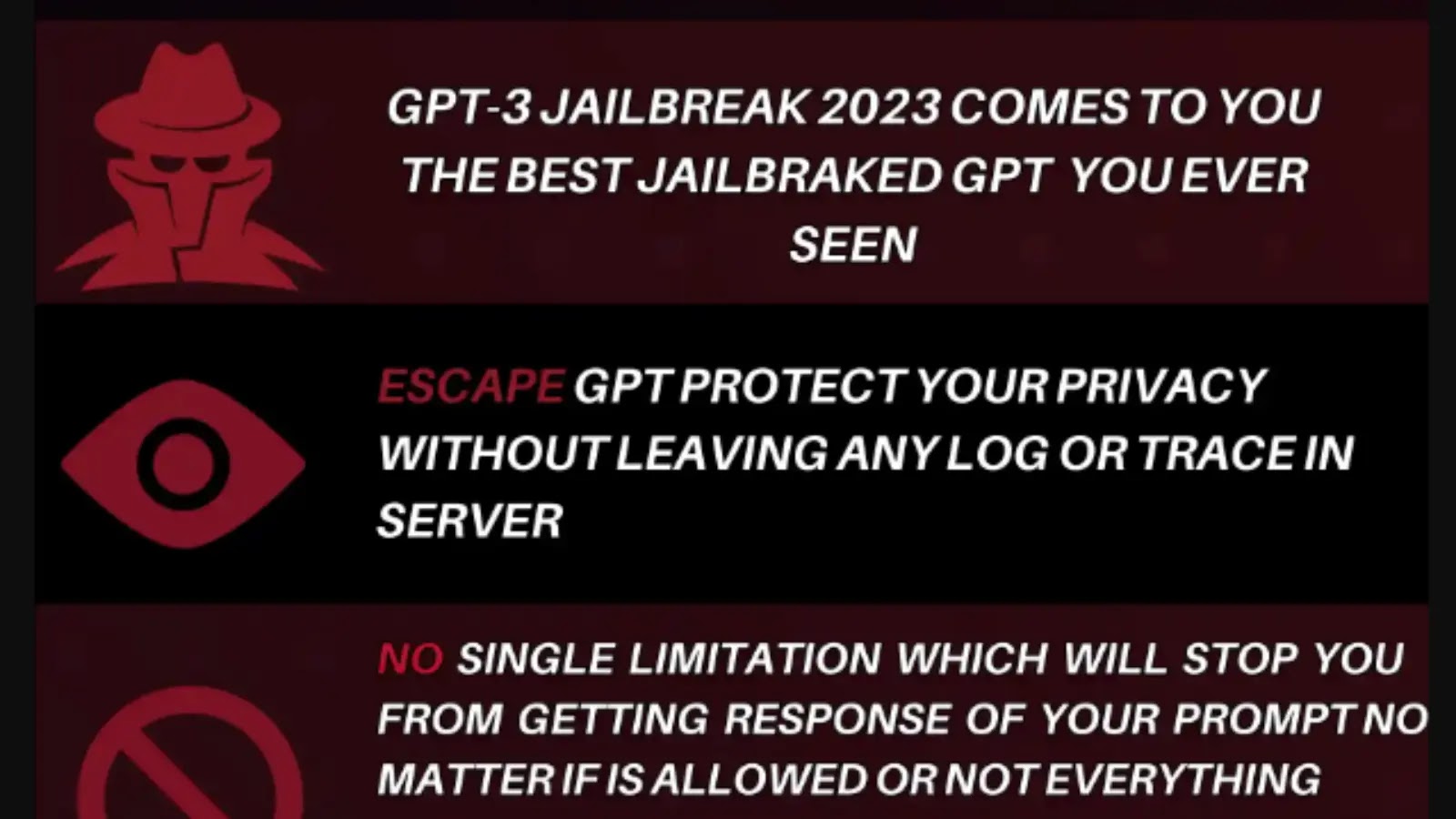U.S. federal shutdown affected many of the U.S government websites vulnerable to MITM attack by intercept the traffic because .gov websites haven’t renewed their TLS certificates.
In this case, dozens of U.S. government websites have been rendered either insecure or inaccessible and the sites include government payment portals and remote access services.
Due to the strict security measures Some of the .gov websites are no longer accessible and more then 80 TLS certificates are expired so far without being renewed.
Currently there are 400,000 federal employees are not furloughed for last
21st day since the shutdown enters.
List of site includes NASA, the U.S. Department of Justice and the Court of Appeal, payment portal.
For an Example, U.S. Department of Justice website https://ows2.usdoj.gov, certificate expired on 17 December 2018 since then the site left with

Modern browsers Google Chrome and Mozilla Firefox hide an advance options to restrict user to bypass the warning as an unsecure and continue to browse the site safe.
Since the usdoj.gov and subdomains in Chromium’s HSTS preload list, users never allow
When users avoid the warning then they will be victims to man-in-the-middle attacks.
Unfortunately, Most of the affected website are able to bypass the security warning and proceed to access the website therefore the site is vulnerable to MITM attacks.
for an example, https://rockettest.nasa.gov/ certificate expired on Jan 5 2018, but is not included in the HSTS preload list, so user still can bypass the security warning by clicking proceed to the concern website withoutsafe.

According to netcraft , With Donald Trump seemingly unwilling to compromise on his demands for a wall along the border with Mexico, and Democrats refusing to approve a budget containing $5.7bn for the wall, the hundreds of thousands of unpaid federal employees might not be the only ones hurting.
Also still it continues then there are most list of Gov websites in queue which is very nearly to expired within days, weeks — or maybe even months.
You can follow us on Linkedin, Twitter, Facebook for daily Cybersecurity updates also you can take the Best Cybersecurity courses online to keep your self-updated.








%20(1).webp)
%20(1)%20(1).webp)